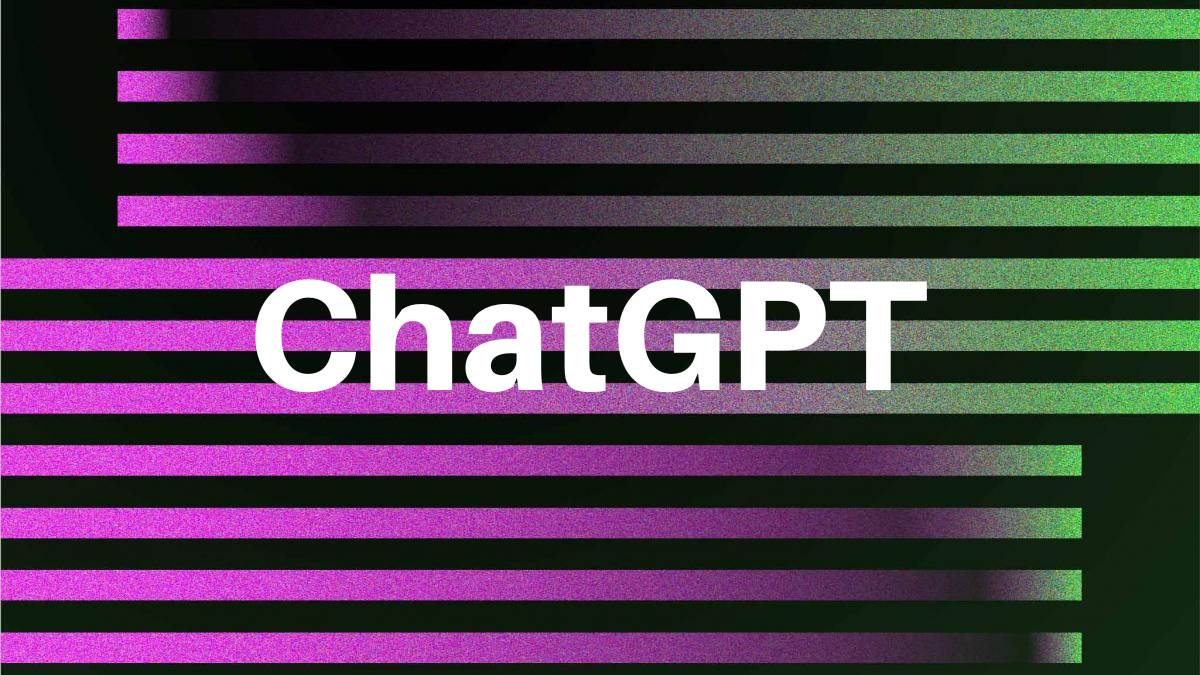As someone who has always been fascinated by artificial intelligence and natural language processing, I was excited to hear that OpenAI had given developers the ability to build plugins on top of ChatGPT. It's a simple ChatGPT plugin for managing a to-do list. Check it out on GitHub.
As artificial intelligence and natural language processing continue to advance, ChatGPT has emerged as a powerful tool for generating human-like responses to text inputs. With ChatGPT plugins, developers can integrate this technology into various platforms and applications, enhancing user experiences and increasing accessibility. In this blog post, we will explore what ChatGPT plugins are and how to create one.
What are ChatGPT plugins?
ChatGPT plugins are third-party integrations that allow developers to incorporate ChatGPT's capabilities into their applications. These plugins can be used to enhance chatbots, language learning platforms, productivity tools, and more. With a ChatGPT plugin, developers can provide users with a more engaging and personalised experience by leveraging the language generation capabilities of ChatGPT.
How to create a ChatGPT plugin?
Creating a ChatGPT plugin requires some technical knowledge, but it is an exciting and rewarding process. Here are the steps to create a ChatGPT plugin:
Step 1: Set up a ChatGPT API account
To get started with a ChatGPT plugin, you need to set up an account with the ChatGPT API. This will give you access to the tools and resources you need to integrate ChatGPT into your application. Once you have created an account, you will be given an API key that you can use to authenticate your requests to the ChatGPT API.
Step 2: Choose your development platform
ChatGPT plugins can be developed on a variety of platforms, including web applications, mobile apps, and desktop applications. Choose the platform that is best suited for your needs and ensure that you have the necessary tools and resources to develop your plugin.
Step 3: Integrate ChatGPT into your application
Integrating ChatGPT into your application involves sending requests to the ChatGPT API and receiving responses that can be displayed to users. To do this, you will need to use a programming language that can send HTTP requests and handle JSON data. Python, JavaScript, and Ruby are popular programming languages for developing ChatGPT plugins.
Step 4: Test and refine your plugin
Once you have integrated ChatGPT into your application, you should test your plugin to ensure that it is functioning as intended. You may need to make adjustments to your code and settings based on your testing results. Refining your plugin is an iterative process that involves making small changes and testing them until you achieve the desired functionality.
Step 5: Deploy your plugin
Once you have tested and refined your plugin, you can deploy it to your application. Depending on your platform, this may involve uploading your plugin to an app store or hosting it on a web server.
So, what are the benefits of using ChatGPT plugins?
Here are just a few:
- Enhanced customer service: By incorporating ChatGPT into customer service chatbots, businesses can provide more personalized and efficient support to their customers. ChatGPT can quickly analyze a customer's inquiry and provide a relevant response, saving both time and resources.
- Improved language learning: With ChatGPT plugins, language learners can practice their skills in a more interactive and engaging way. ChatGPT can provide feedback on grammar, vocabulary, and sentence structure, helping learners to improve their language proficiency.
- Increased accessibility: ChatGPT can be integrated into various platforms, making it more accessible to a wider range of users. This includes people with disabilities who may have difficulty typing or using traditional input methods.
- Better productivity: ChatGPT can assist with a variety of tasks, from scheduling appointments to generating reports. This can help individuals and businesses save time and increase productivity.
Overall, ChatGPT plugins offer a range of benefits and can be used in a variety of ways. I am excited to continue exploring this technology and developing new plugins that can help people in even more ways.
Thank you for joining me on this journey, and I look forward to sharing more updates with you soon.
P.S. This post was generated with ChatGPT 😉
